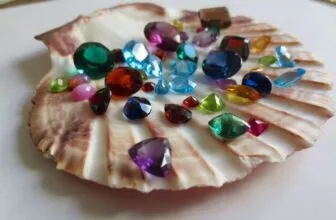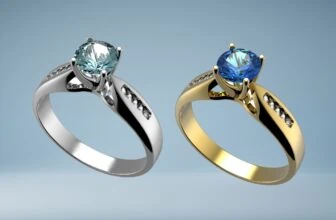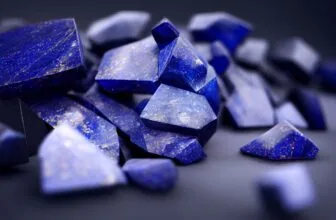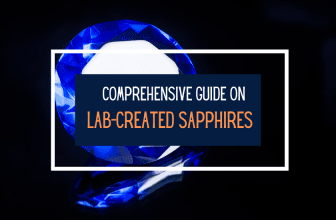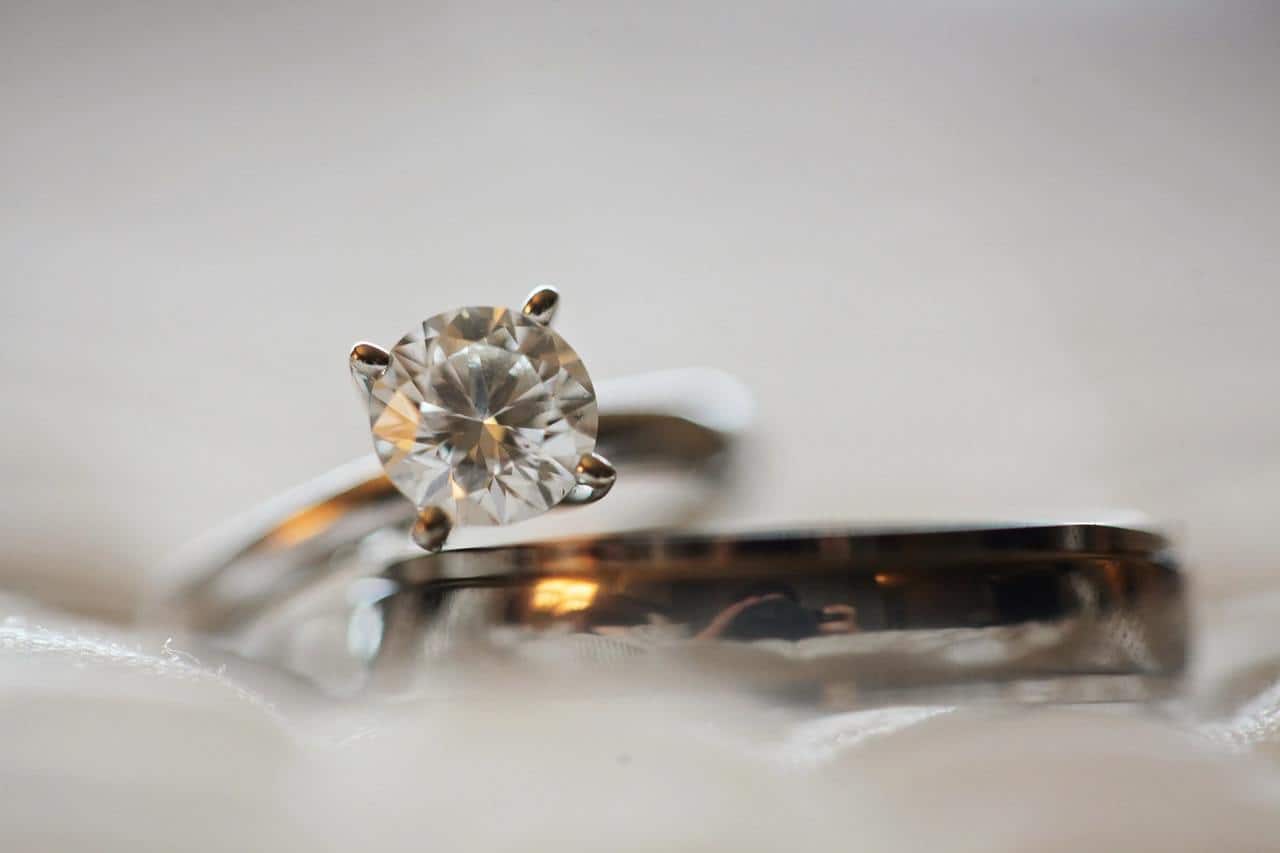
Table of Contents
Zircon and cubic zirconia might sound the same, but these two stones that closely resemble diamonds are vastly different from each other. Chemically, optically and structurally, zircon and cubic zirconia don’t share any similarities.
This common confusion between the two has been quite unfair on zircon, causing it to plummet in reputation and be considered just a cheap and even ‘fake’ diamond simulant.
In this article, let’s explore the differences between these two stones, identify their pros and cons, and distinguish the two.
1. Zircon vs. Cubic Zirconia – History and Origin
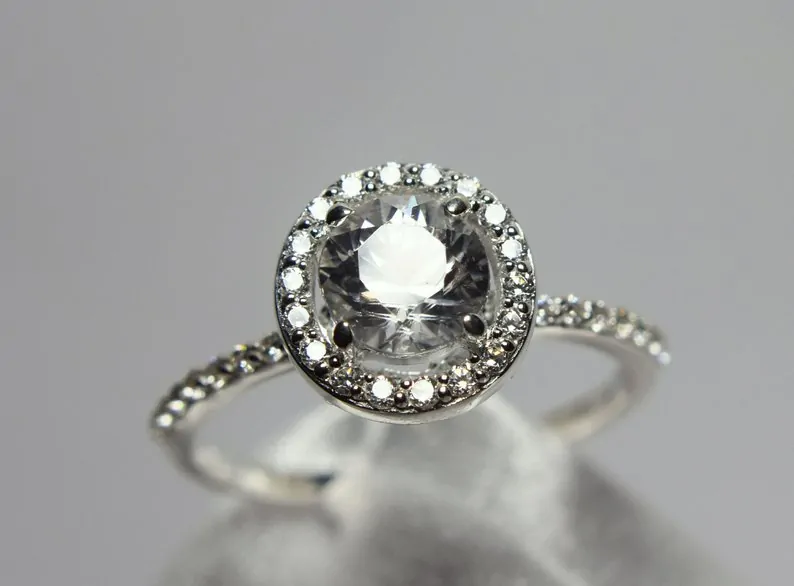
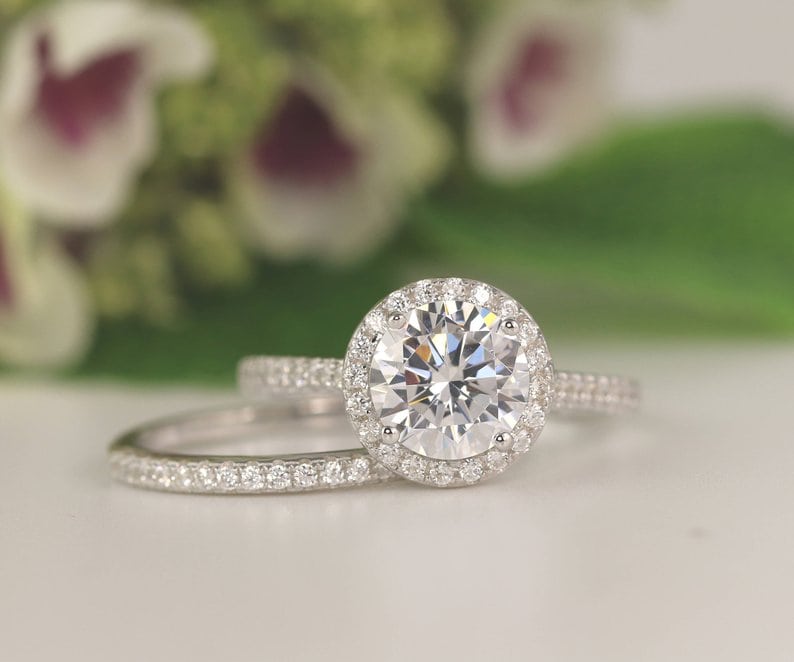
Zircon is the oldest mineral found on earth. The oldest zircon crystals discovered come from Australia and are estimated to be over a whopping 4.4 billion years old. Zircon is a natural gemstone and while synthetic versions exist, they aren’t very common.
Cubic zirconia, in comparison, is a baby in the mineral world. Natural cubic zirconia was only discovered in the 1930s. However, because natural CZ is so rare, scientists began to work on synthesizing it.
It wasn’t until the 1970s that the process of creating synthetic CZ was perfected, and commercial production began in 1976. While the initial aim was to use the stone for various industrial applications, it was clear that CZ had great jewelry potential.
While zircon is made of zirconium silicate cubic zirconia is made of zirconium oxide. This is where the two stones get their shared name, however, these two gemstone ingredients are quite different.
Verdict: Zircon wins in terms of origin. How can you not fall in love with the idea of the oldest mineral on earth!
2. Zircon vs. Cubic Zirconia – Durability
Cubic zirconia ranks at 8 to 8.5 on the Mohs scale and is suitable for daily exposure. It does not easily chip, damage or scratch and is quite a hardy stone.
Over time, CZ may tend to get cloudy so regular cleaning will maintain its shine. Eventually, you may have to have the stone replaced but considering the low cost and the ease with which you can find a new CZ, this shouldn’t be an issue.
Zircon may look very much like a diamond, but it is a much softer stone at 6 to 7.5 on the Mohs scale. 7 is the most important number on the Mohs scale because this is the hardness rating of silica, a main component of dust. If your zircon gemstone has a hardness rating below 7, this means that it is easily scratched, even by dust.
Zircon is a brittle stone and is prone to cracking. It is also extremely sensitive to sunlight and other sources of ultraviolet light. Exposing zircon to these types of light can cause the color of the stone to fade or change.
Verdict: Cubic zirconia has one up on zircon here. It is clearly the more durable of the two.
3. Zircon vs. Cubic Zirconia – Color
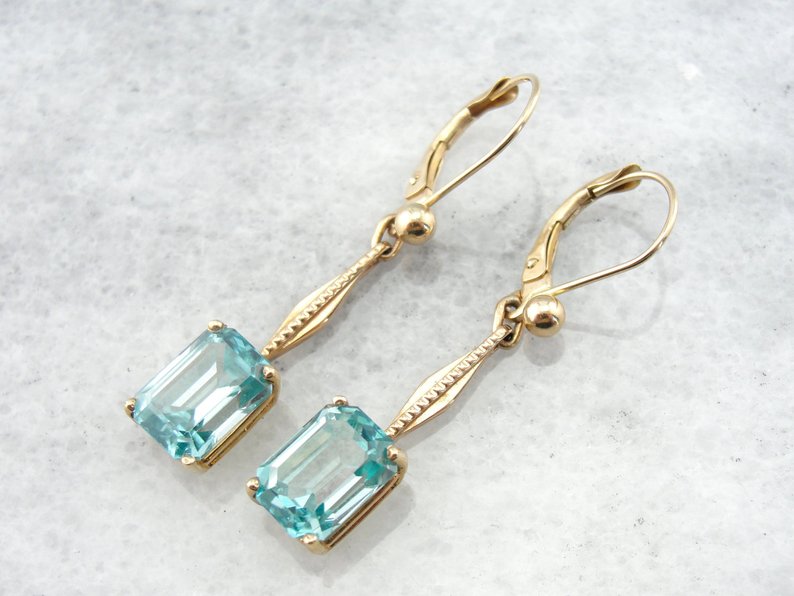
Zircon is found in a range of colors, with the most popular being blue, pink and yellow. Colorless zircon is its purest form, but is considered the least valuable type of zircon. Green zircon is very valuable and highly coveted, but also extremely rare.
Certain zircon stones can exhibit pleochroism (i.e. shows different colors when viewed in different angles) with common pleochroism colors being blue and green.
Zircon receives its color through the presence of trace elements during formation. Interestingly, some of the elements are radioactive! However, these are treated for stability and to be safe to use in jewelry and are not believed to be harmful. Some zircon is treated to enhance color and transparency. Sometimes a more common zircon variety (usually brown) is treated to display a more desirable color (usually blue).
Because CZ is lab-created, the manufacturers are able to control the final product to a large extent. CZ are almost always created colorless to mimic the D color grade of a diamond. Sometimes, manufacturers create colored CZ as well. Pink CZ, also known by the trade name pink ice, is very popular in the jewelry industry. Other common CZ colors include green, black, blue, orange and red.
Verdict: Both stones have excellent color ranges and look very similar to diamonds in their colorless states.
4. Zircon vs. Cubic Zirconia – Clarity
As mentioned above, because CZ is lab-created the end result can be manipulated. CZ always has excellent clarity and is nearly always flawless. It’s very lack of flaws is a tell-tale sign that it is a man-made gemstone.
Zircon is generally transparent or translucent. It is generally free of impurities and have very good clarity levels. However, some zircon can display a cloudiness. If this is very strong, it can be a disadvantage and devalue the stone.
Verdict: Zircon wins this round for being a natural stone with a naturally high level of clarity.
5. Zircon vs. Cubic Zirconia: Value
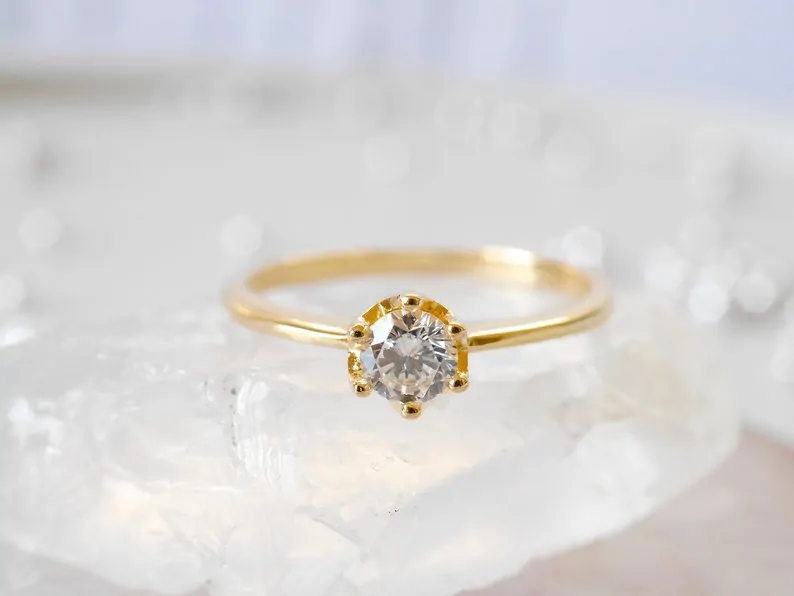
A natural gemstone is always considered more valuable than a synthetic gemstone. Zircon is considerably more expensive than CZ, although it is much cheaper than an actual diamond. A carat of zircon can sell from $75 to around $200 depending on quality factors.
A CZ, on the other hand, is practically worthless in terms of monetary value, with a carat costing around $20. In fact, CZ is almost synonymous with the words ‘fake’ (hence the reason zircon has got a bad rep too).
Verdict: CZ is definitely easier on your pocket! But in the long term, a zircon will hold more value as a natural gemstone.
6. Zircon vs. Cubic Zirconia – Light performance
Zircon has very high sparkle, luster, dispersion and a relatively high refractive index (RI) of 1.93 – 1.98. In other words, it plays excellently with light, making it a brilliant and fiery stone, comparable to a diamond. It is generally shaped into a brilliant cut to emphasize this sparkle.
Because zircon has double refraction, it displays excellent fire and gives off the illusion of having more facets than it really does. This birefringence, however, can also cause zircon to appear fuzzy and cloudy at times.
Cubic zirconia has an RI 2.15 – 2.18, which is higher than zircon. However, although both stones sparkle, a CZ cannot match the higher level of brilliance that a zircon has. Like zircon, CZ is also cut into a variety of shapes like diamonds.
Verdict: Zircon has better light performance than cubic zirconia and is more brilliant
Wrapping Up
While we love the beautiful hues of zircon, its brilliant and fiery appearance and the fact that it is a natural gemstone, we have to admit that CZ is a more durable, affordable and sustainable choice.
It is difficult to say which stone is better, as both have their advantages and disadvantages and it entirely depends on your reason for buying the gemstone. As you can see, both are very different stones and both are appealing in their own way.


